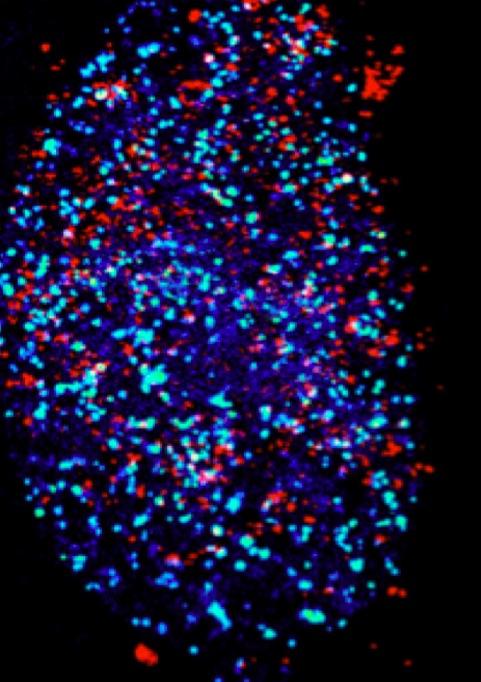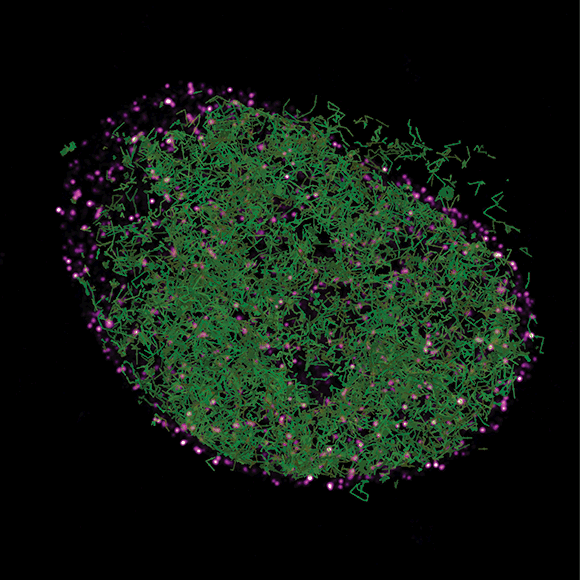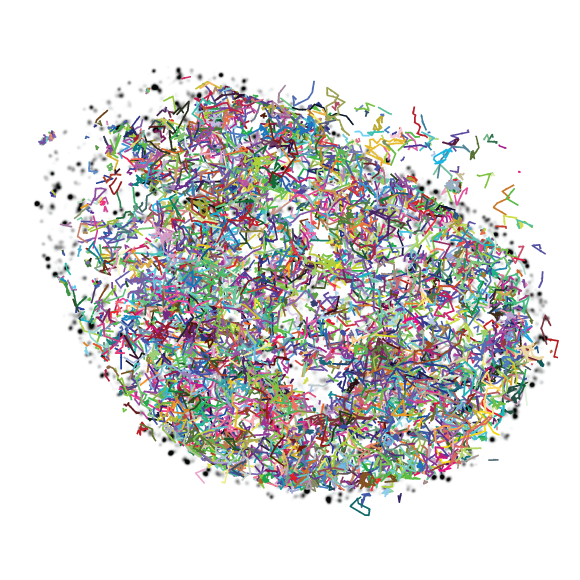Main Menu (Mobile)- Block
- Our Research
-
Support Teams
- Overview
- Anatomy and Histology
- Cryo-Electron Microscopy
- Electron Microscopy
- Flow Cytometry
- Fly Facility
- Gene Targeting and Transgenics
- Immortalized Cell Line Culture
- Integrative Imaging
- Janelia Experimental Technology
- Media Prep
- Molecular Genomics
- Primary & iPS Cell Culture
- Project Pipeline Support
- Project Technical Resources
- Quantitative Genomics
- Scientific Computing Software
- Scientific Computing Systems
- Viral Tools
- Vivarium
- Open Science
- You + Janelia
- About Us
Main Menu - Block
- Overview
- Anatomy and Histology
- Cryo-Electron Microscopy
- Electron Microscopy
- Flow Cytometry
- Fly Facility
- Gene Targeting and Transgenics
- Immortalized Cell Line Culture
- Integrative Imaging
- Janelia Experimental Technology
- Media Prep
- Molecular Genomics
- Primary & iPS Cell Culture
- Project Pipeline Support
- Project Technical Resources
- Quantitative Genomics
- Scientific Computing Software
- Scientific Computing Systems
- Viral Tools
- Vivarium
CASFISH: DNA labeling with CRISPR/Cas9
About the Innovation
Genomic DNA in cells is highly folded and organized in three dimensions. Detection and visualization of genomic DNA are widely accomplished by using various fluorescence in situ hybridization (FISH) methods. However, despite enhancements to DNA FISH methods, the use of chemicals or heat in the process results in denaturation of the DNA and potentially affects the integrity of the biological structure, which limits research related to the understanding of gene expression.
Researchers at HHMI’s Janelia Research Campus have developed a novel method that can be used to rapidly detect DNA sequences in a more sensitive manner and without denaturation, resulting in the newest development in FISH technology since the discovery of fluorescent probes. The method uses a bacterial protein, CRISPR/Cas9 protein, to detect endogenous DNA sequences in fixed and unfixed material. Researchers can use the CASFISH method to detect short DNA sequences in cells in situ through a designed complex of Cas9 protein modified to only bind DNA with single-guide RNA (labeled or unlabeled), selected from the set of available genomic sequences.
Because the protein is the generic reporter, it can be labeled with any means, fluorescent proteins, dyes, quantum dots, gold particles, or other analytes consistent with microscopy or other appropriate detection methods. CASFISH provides researchers with simpler, more efficient, and robust in situ imaging of cellular DNA. The method has been demonstrated in a laboratory study in the visualization of non-repetitive genomic sequences. Scientists could use the novel method in the detection and visualization of genomic DNA sequences in cells and tissues.
Advantages:
• Rapidly detects DNA sequences more sensitively and without denaturation
• Reduces both the deleterious effects and inconvenience of sample preparation
• Does not require the use of chemicals, heat, or fixation
Applications:
• Provides detection and visualization of cellular DNA for gene expression research and other genomics research
• Could potentially be used directly on tissues for the rapid diagnosis of disease
Opportunity:
Commercial License or Non-Profit Research
Interest:

In the top 5% of all research outputs scored by Altmetric.
183 total citations on Dimensions.
Patent Protection:
For inquiries, please reference:
CASFISH, Janelia 2014-041




